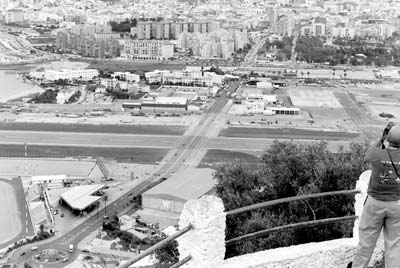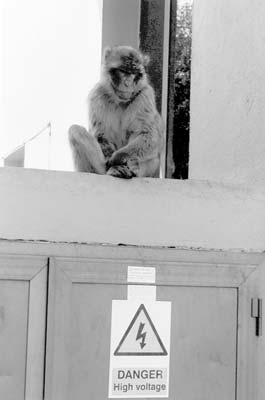Tips for visiting Spain
My husband and I spent three weeks in Spain in April ’03. We made all of our lodging and car reservations online or by phone. Although we usually prefer to be less restricted schedule-wise, we were there during Holy Week and Easter and rooms would have been hard to find in our price range without reservations.
We flew from Boston to London to Barcelona, took a train to Figueres and another to Madrid, picked up a car and drove to Toledo, Avila and Salamanca to sample the Holy Week processions. We then drove back to Madrid, took a train to Cordoba, another to Seville and yet another to Málaga, where we picked up a car and drove to Fuengirola, where we had swapped into a time-share for a week. Using the condo as our base, we made day trips to Gibraltar, Ronda, Granada and around Torremolinos.
I did make some notes along the way about things that were at first confusing or time-wasting. Hopefully, by listing these, I will save other ITN readers from “reinventing the wheel.” The tips follow, in no particular order or sense.
1. Alhambra tickets — Buy these WAY ahead of your visit there. You can do it online at www.alhambratickets.com or by calling 34-91-346-5936 (someone will speak English, if your Spanish is shaky).
When you book your tickets, have a good idea of what time you would like to go in, as tickets are sold according to time of admission; have a few alternate hours or days figured out as well.
Booking ahead will save you from standing about 3½ hours in line, if indeed you can get in at all. The number of folks they let in each day is limited.
2. “Cambio de Sentido” signs — On the highways, you’ll see these. They simply point to an exit by which you can reverse your direction of travel. Literally, it means “Change of Mind.”
3. Buying ceramic tiles in Seville — You’ll be steered across the bridge to the Triana district, where every other storefront is a tile factory and shop. The offerings in these shops look like they were produced in a hurry. The tiles are not well trimmed, and colors are often streaky and not even applied evenly. They appear to have been produced for the quick-buy, bus-is-waiting tourist. Many have Disney or other cartoon characters, but even the traditional designs lack much detail.
4. Water — It was safe to drink everywhere we went.
5. Cleanliness — Spain is very clean. Street-washing vehicles were out at dawn, while individual shopkeepers were wielding push brooms and buckets in front of their stores. Bathrooms were very clean.
6. Traffic circles — Cars already in the traffic circle always have the right of way over cars wishing to enter. (Like here, right?)
7. Tapas bars — Most restaurants don’t even open for dinner until
9:00 or later. We don’t like to eat that late, so we solved the supper problem by going to one of the many bars and ordering from the tapas list. Sharing three or four of these yummy snacks with a glass of wine or beer was sufficient, since we’d had our big meal at midday.
8. Barbary apes at Gibraltar — They’re cute and fun to watch, but do not try to feed them. It’s not only against the law, but our food messes up their metabolism. Also, you could get bitten in their enthusiastic lunge for your offering.
If you picnic up on the rock, find a place away from any apes, and watch your food constantly. The apes are sneaky and FAST.
We found a deserted spot on an old gun emplacement. There were no apes, but seagulls immediately began circling overhead, swooping to get a better look for unguarded food. It’s probably better to eat down in the town at one of the many nice little restaurants there.
9. The last part of the road from Spain to Gibraltar crosses an international runway. Traffic lights (for the cars) avoid collisions, but it’s still a bit strange driving across the dual runways, looking down one and seeing a 747 getting ready to take off.
FLORENCE DRAKE
Readfield, ME


